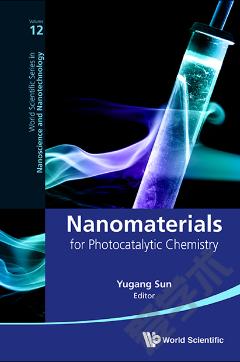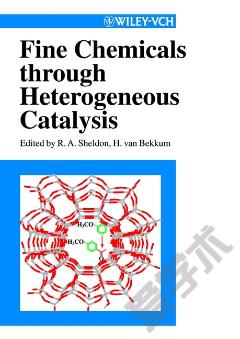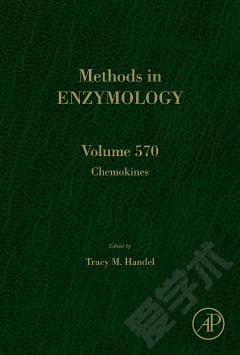Chemical Photocatalysis
Recent research has demonstrated that consecutive excitation of the radical anion state of commercially available dye moleculesâgenerated by a photoinduced electron-transfer processâyields sufficient energy to stimulate challenging chemical reactions in photocatalysis. For this reason, an efficient transfer of dye molecules into their radical anion states upon photoexcitation is highly desirable, as is a long radical lifetime. However, the formation of these reactive states is strongly dependent on the redox agent, the local environment, for example, the solvents and additives, as well as on the properties of the excited states of the dye molecule. Finding the best conditions for radical formation is crucial, but, owing to the complexity of the underlying photochemical process, this is usually only achieved by an iterative exploratory approach. Here, we demonstrate that the formation and lifetime of the rhodamine 6G (Rh6G) radical anion can be followed in detail by single-molecule fluorescence correlation...
{{comment.content}}








 京公网安备 11010802027623号
京公网安备 11010802027623号